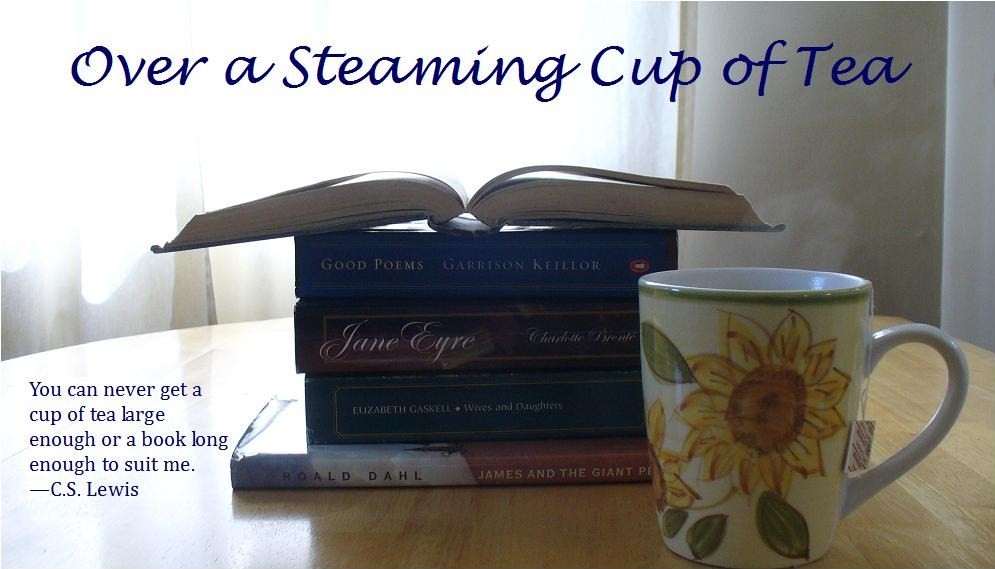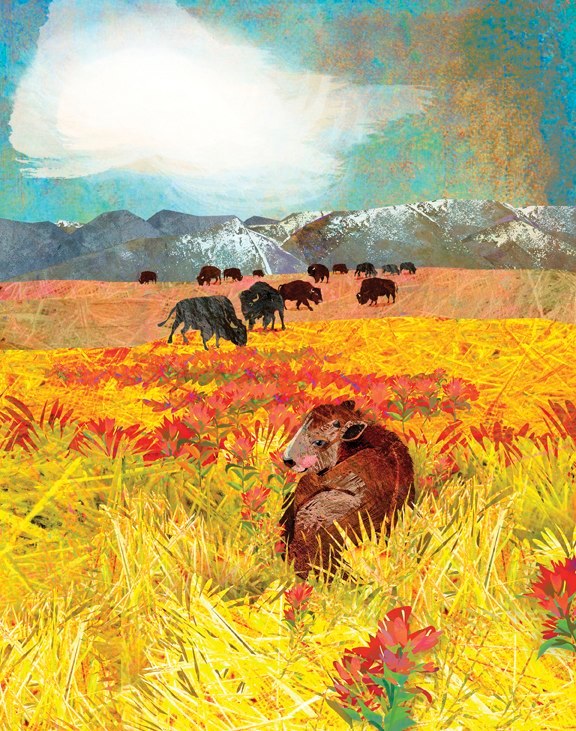The China Study: The Most
Comprehensive Study of Nutrition Ever Conducted And the Startling
Implications for Diet, Weight Loss, And Long-term Health
By T. Collin Campbell and Thomas M. Campbell II
My dad is a ground beef guru. When he was living the life of a graduate school research student out in the boonies of Idaho, his specialty was to mix a box of Kraft macaroni and cheese, potatoes, ground beef, and ketchup. This gourmet entree includes most of the foods my dad considered palatable.
His tastes have always been a bit... limited?
So, when my father, who holds a PhD in biology and has done his own share of research, read this book, which touts a diet rich in plant-based foods and low in animal products and processed foods, he vowed to change his eating habits. I was astounded. I just had to read it too.
In our society, it pays to be cautious when reading about nutrition. Anyone who has spent time reading about nutrition has experienced the endless perplexity from the myriad of studies that triumphantly spout a wide variety of contrary findings.
I was cautiously impressed by The China Study, however. Dr. Campbell describes a variety of studies he performed on lab rats (which I was less impressed with and less interested by) and then he goes on to describe a monumental study that he conducted, comparing the diets of people in different parts of China. This worked fairly well because in the more urban areas of China, more people are eating a typical Western diet (high in animal products, high in fat, high in sugar). In most rural areas, people had been living in the same area all their lives and eating a variety of mostly plant-based diets. Nothing Western about them.
Campbell's findings are intriguing and what you might expect: the more Western the diet, the more heart disease, cancer, autoimmune disease, and obesity. Surprise, surprise.
Campbell then combs through the research to find other studies that deal with nutrition and these devastating Western diseases. The results he finds begin to get more and more uncomfortable, until he slaps the American midwest hog/beef-based economy in the face by broadcasting outright his realization that animal products are overall bad for us. Not just meat, but dairy and eggs as well.
What? No cheese? No butter for my toast?
Yep, that's exactly what he's saying.
But I've got "Got Milk?" ingrained in my head. I've been told all my life that I need those dairy products to be strong and healthy. What do you have to say to that, Dr. Campbell?
Quite a lot, actually. The second part of the book was especially interesting and frustrating at the same time. Dr. Campbell goes into detail about how science, medicine, pharmaceuticals, and the economy are all involved, to some extent, in a complex web of nutrition deception.
I left the book feeling fairly convinced that I need to start making changes in the amounts of animal products I eat (though I can't imagine changing to plant-based foods and only plant-based foods all at once; I have no idea how to cook that way). I had to labor through some of the research findings. All of the studies and summaries of studies and numbers made the research credible but did not make for an easy read. I started reading faster when I got to Part 3 of the book.
I'm glad I read this book. I'm hoping to make some gradual changes to my husband's and my diet. My husband is cautiously supportive.
I don't want to discourage you from reading this book, but I'll warn you now that you will probably be uncomfortable when you read it. My husband and I already eat a mostly vegetarian diet, and I was still uncomfortable! However, discomfort can be a really good thing, so I'm going to give this book five bright shiny stars and recommend it to all!

